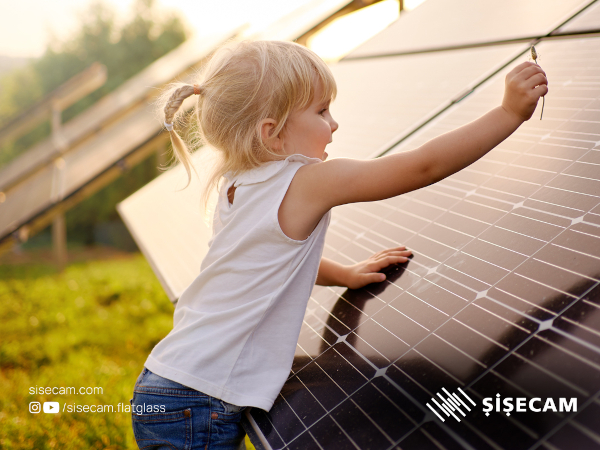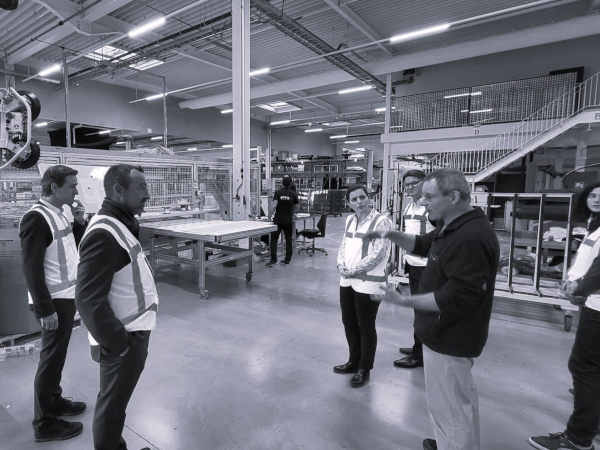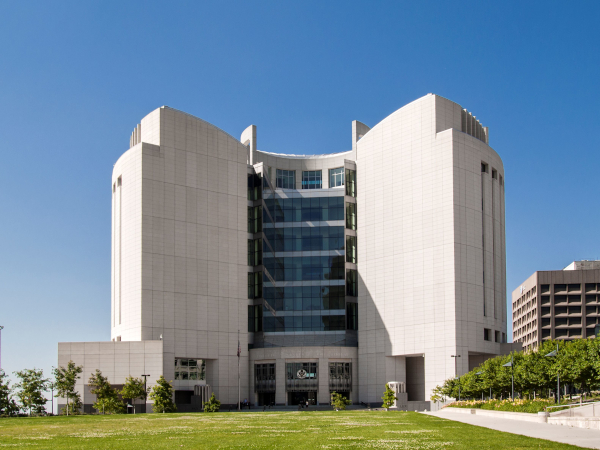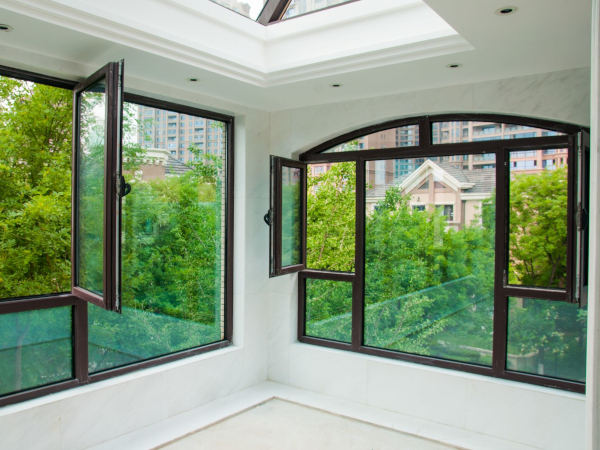Date: 25 August 2008
The report, "Building Integrated Photovoltaics Markets: 2008" is the next in a series from NanoMarkets examining the emerging solar energy market. Additional information about the report is available at http://www.nanomarkets.net. Members of the press may request an executive summary from the firm.
Key Points:
- By 2013, there will be an installed capacity of 10.8 GWp of BIPV, of which 4.6 GWp will come from Europe and 3.7 GWp from the U.S. Approximately 7.0 GWp of total BIPV capacity by 2013 will be from residential applications. Although the market will remain dominated by rooftop installations, facade BIPV will account for 1.1 GWp by 2013.
- Much of the growth in the BIPV market will be generated by a new generation of BIPV products. By 2013 the PV-encapsulated roofing product market, consisting of solar tiles, slates, and shingles will generate $2.5 billion in revenues. Also by 2013, facade products such as solar curtain walls, building cladding and atrium glass will produce $430 million in revenues. Solar cladding is a very competitive alternative to conventional cladding materials and is claimed to provide similar aesthetics to marble and bronze but at a fraction of the cost. Solar curtain walls present a special opportunity since they are easier to receive planning permission and permits for compared with conventional roof-mounted PV.
- Some firms have been able to compete in the BIPV market by using conventional crystalline silicon and making high efficiencies their major competitive selling feature. By 2013, NanoMarkets expects this market will account for $2.1 billion in revenues. However, BIPV is also expected to present major opportunities for new thin-film and organic PV materials which enable products to be laminated onto curved surfaces and integrated into buildings. In the future, direct encapsulation of PV into building materials may lead to significant reductions in total building costs, according to the new NanoMarkets report.







Add new comment